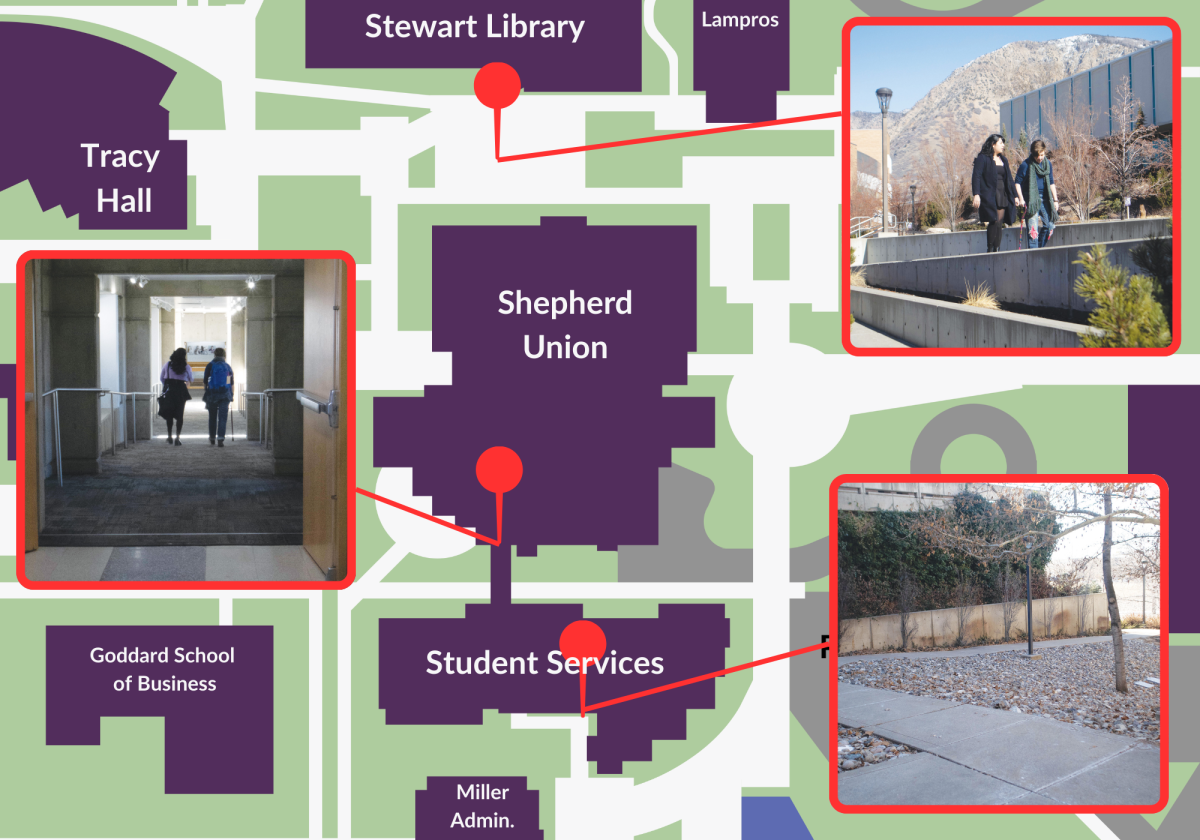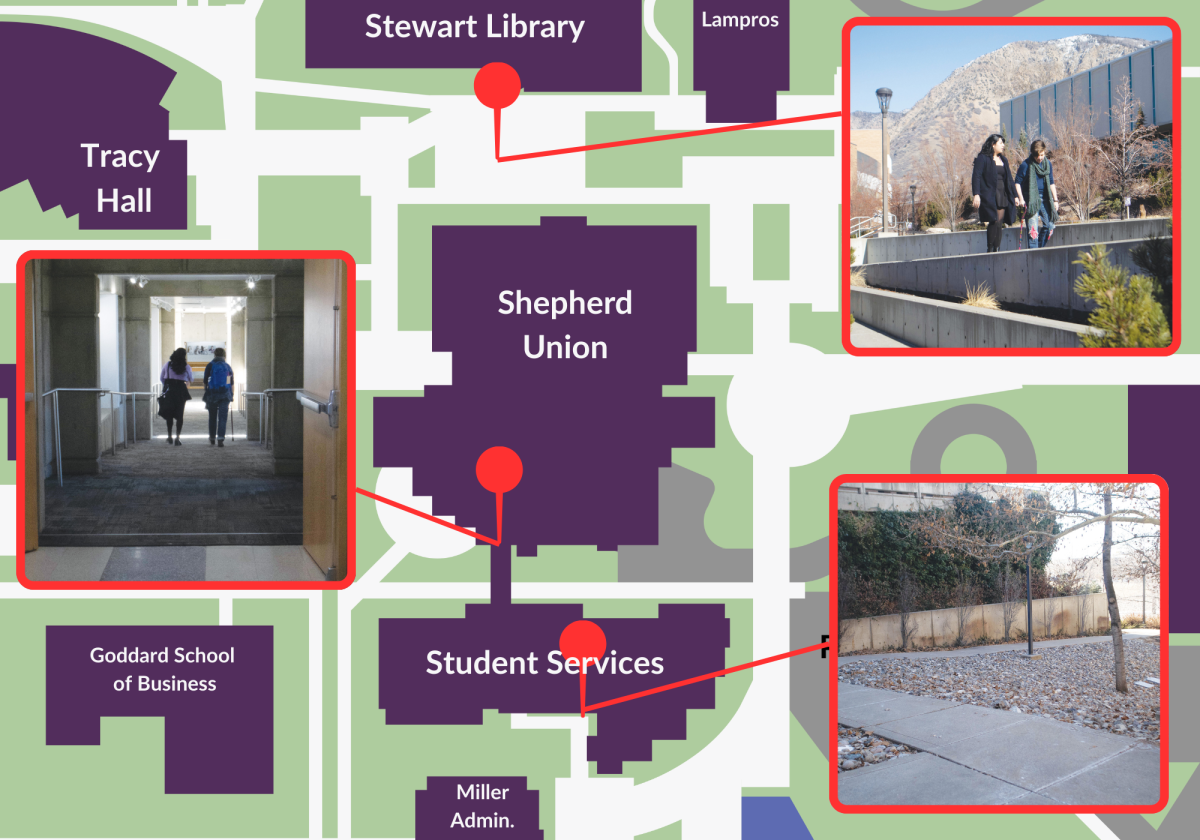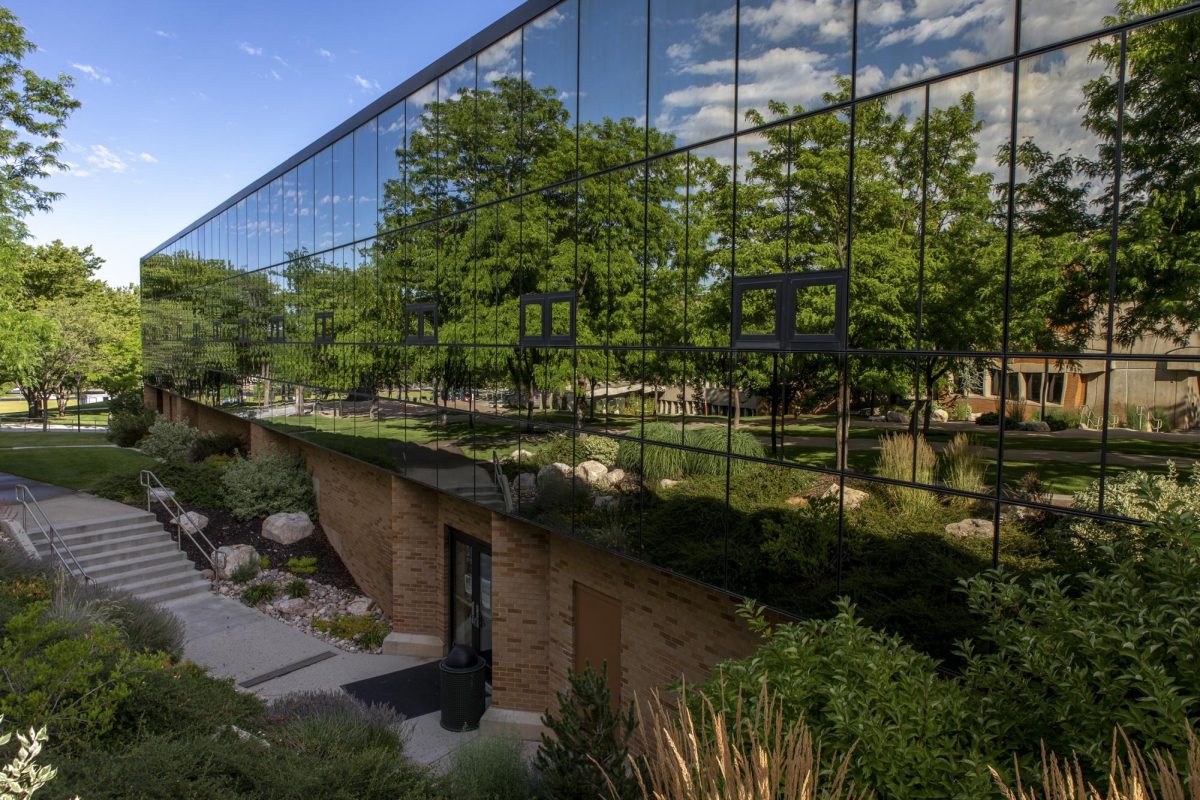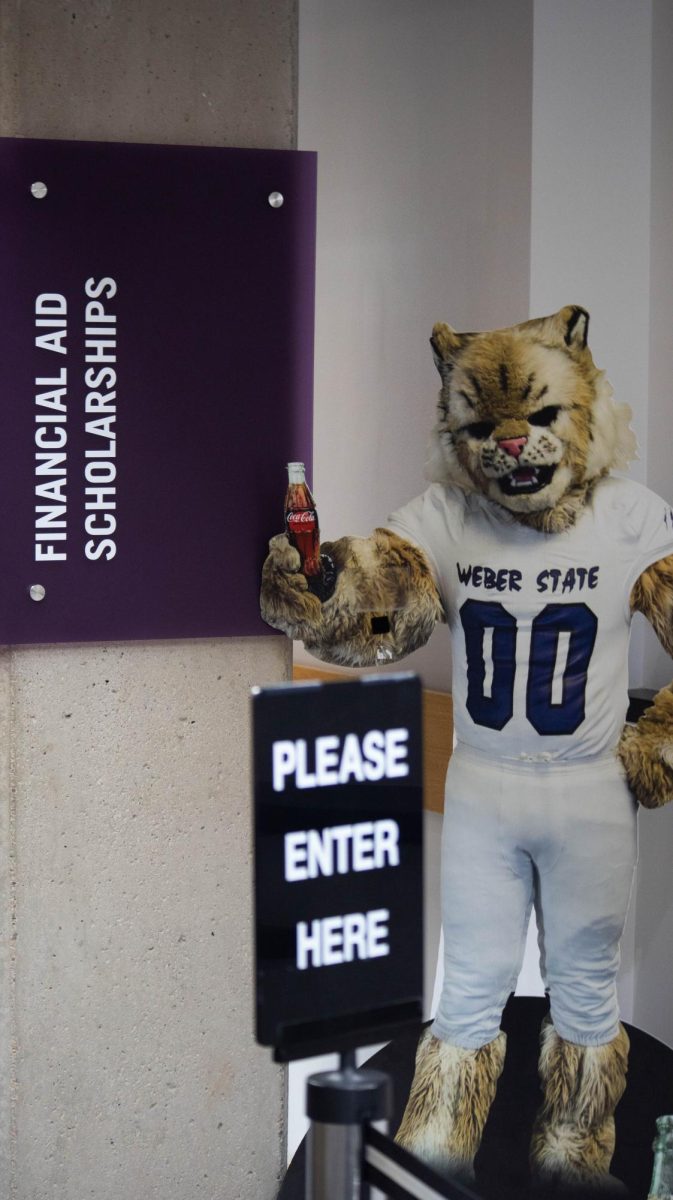Built in 1979, the Dee Events Center Marquee, located on the west entrance off Harrison Blvd., has stood tall for over 40 years. The Marquee became fully functional Dec. 1, 1979, and was programmed by the now-retired center director, Jody Lake. However, a recent decision 20 years in the making has determined that the Marquee is to be removed after remaining inoperable for several years and the technology becoming outdated.
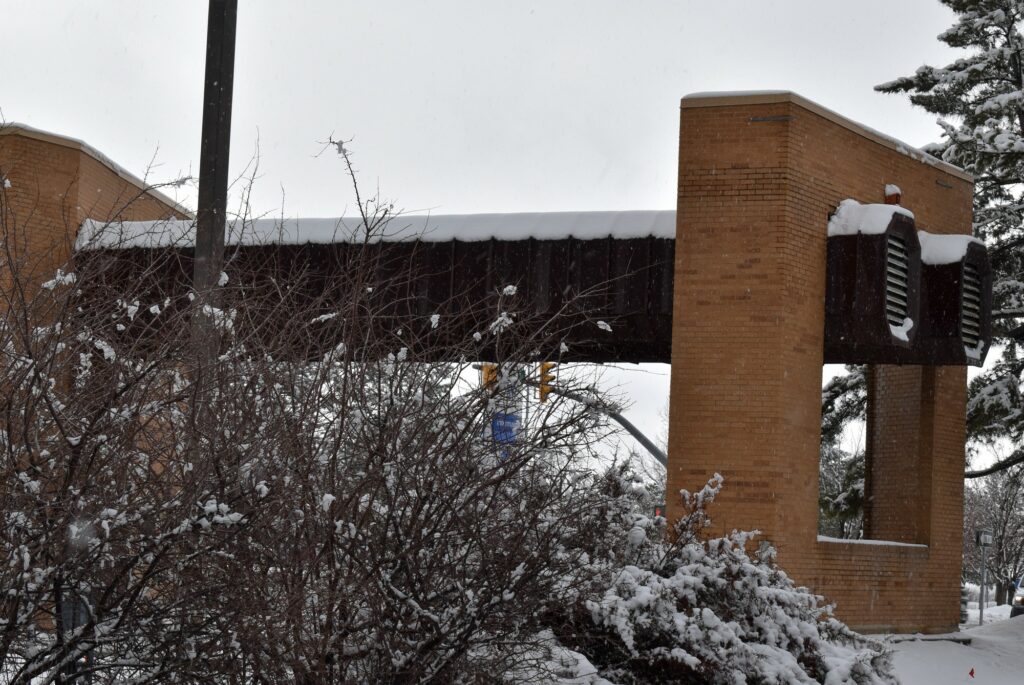
“I’ve grown accustomed to it not being there,” Brad Mortensen, Weber State University’s president, said. “I think the promise and potential of the BRT [bus rapid transit] project and the impact it will have for improving transit options, easing parking demands on campus, and reducing vehicle emissions will all be seen as beneficial impacts to our students, university, and surrounding community.”
This decision was made for a favorable reason. It is being deconstructed to provide space for the new Utah Transit Authority BRT line, the first all-electric bus line in Utah.
This change isn’t expected to cause turmoil or have much traffic impact. Washington Blvd., 23rd and 25th Street and 4400 South will have their roads reconstructed. Harrison Blvd., Washington Blvd. and the WSU campus will have new and improved pedestrian crossings.
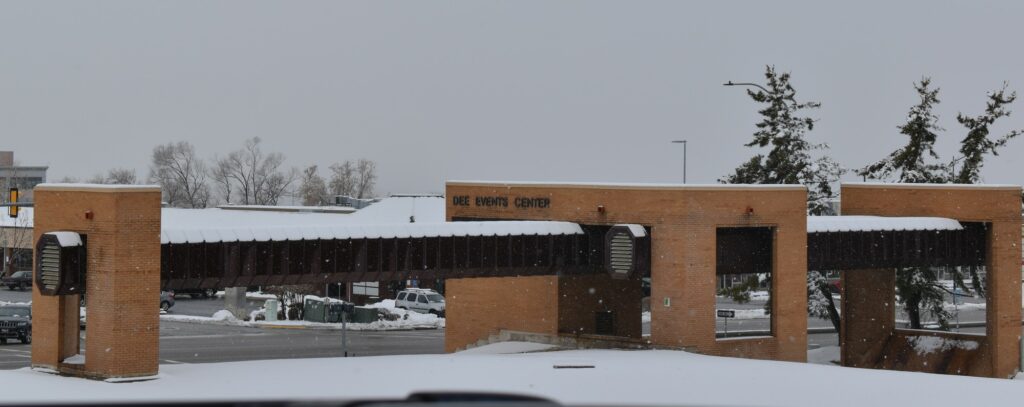
According to rideuta.com, the demolition and construction will provide 13 upgraded bus stations, widened roads and 11 new clean-air buses. Route 603, soon to be known as Ogden BRT, will give rides from the Ogden FrontRunner Station, through downtown Ogden, along Harrison Blvd., through the WSU campus, and finally to McKay Dee Hospital. Furthermore, riders will be able to catch the bus every 10-15 minutes on weekdays and 15-30 minutes on weekends.
An added benefit would be that the enterprise, once complete, will help reduce vehicle trips and in turn reduce transportation and contribute to the success of the Clean the Air challenge. It will also support the economy and provide more transportation options.
The project costs a grand total of 120 million dollars, 65% of it being covered by Federal Transit Administration grants and the other 35% coming from partner funding. As a part of the project, many environmental assessments have been conducted to determine if the project would result in any critical transportation, socioeconomic or environmental damages. All of the assessments concluded that nothing already designated would be affected. The reports are currently undergoing federal review.
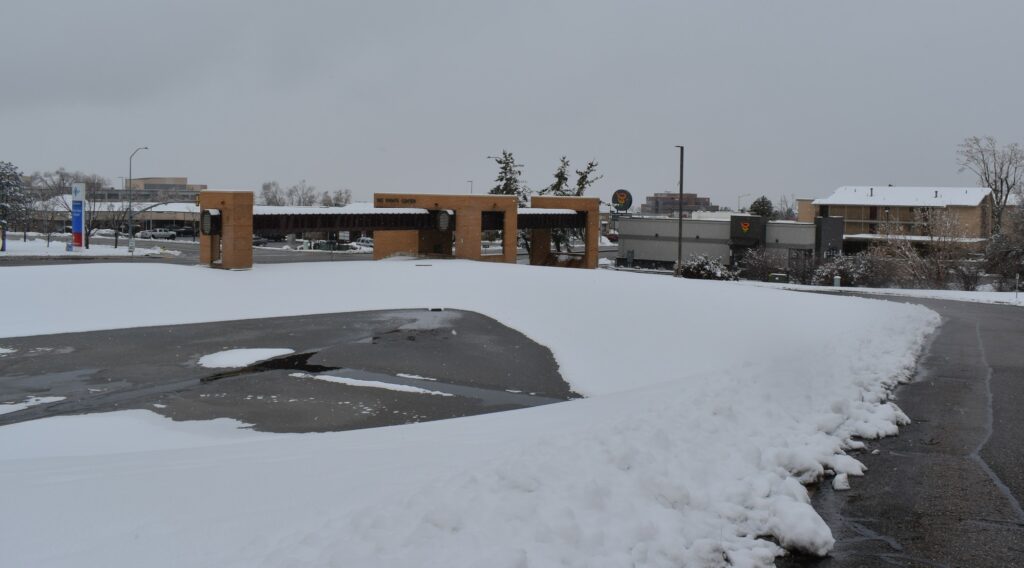
The grand opening is set to take place in 2023. While the marquee will be greatly missed, “it would take a major investment of funds to update the technology,” Mortensen said. “The decision was made not to do that since people tend to use smartphones, computers and the internet to get information about events instead of reading street-side marquees as they did in the 1970s.”




